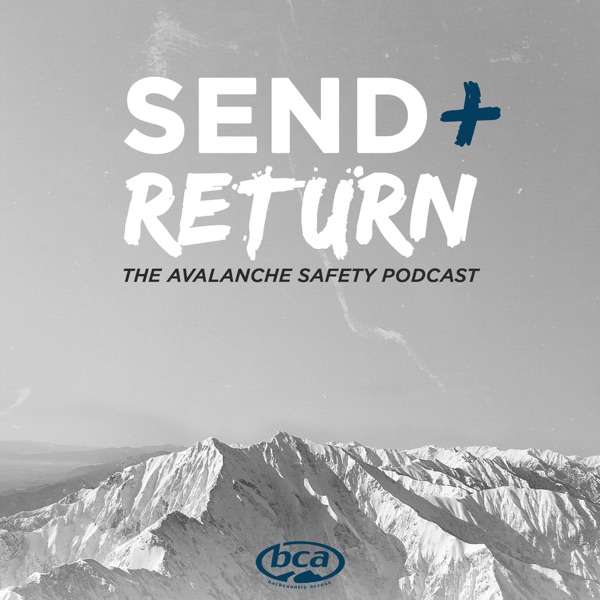Welcome back to part 2 of this conversation that will never stop developing! The second half of our conversation with Rachel focuses primarily on Cesarean sections - the reasons, the risks, and the repercussions. Be sure to listen to part 1 in order to hear everything that came before this! For a visual graphic on the cascade of interventions, see our Instagram highlight titled 'Show Notes'. Thanks again, Rachel! Can't wait to chat again soon.
"When we interfere in labor, we're not only interfering with what our bodies are doing, but we're interfering with what's going on with the baby too." -Rachel
Instagram - Rachel Garrett
Instagram - The Home Birth After Cesarean Podcast
Freebirth Society Podcast - 'Beyond Complicity: Birth Work Outside the System'
Of the women who plan VBACs, 70-80% will have successful vaginal births, but 80-90% of women who have an initial Cesarean will go on to have elective repeat Cesareans.
In the US, there are 700,000 primary Cesareans performed every year. Around 470,000 of them are unnecessary or were unnecessary until an emergency was caused.
515,000 repeat Cesareans are performed every year. Especially considering the false assumption that, "once a C-section, always a C-section," by our estimates, around 400,000 of them are unnecessary or were unnecessary until an emergency was caused.
International Cesarean Awareness Network - A Breakdown of Risk: Comparing VBAC & Repeat Cesarean
In the 1970’s placenta accreta presented in about 1 out of 4,027 births
In the 1980’s, it presented in about 1 out of every 2,510 births
In the 2000’s, it presented in about 1 out of every 533 births
So far, in the 2020’s, it has escalated to about 1 out of every 320 births

 Our TOPPODCAST Picks
Our TOPPODCAST Picks  Stay Connected
Stay Connected







